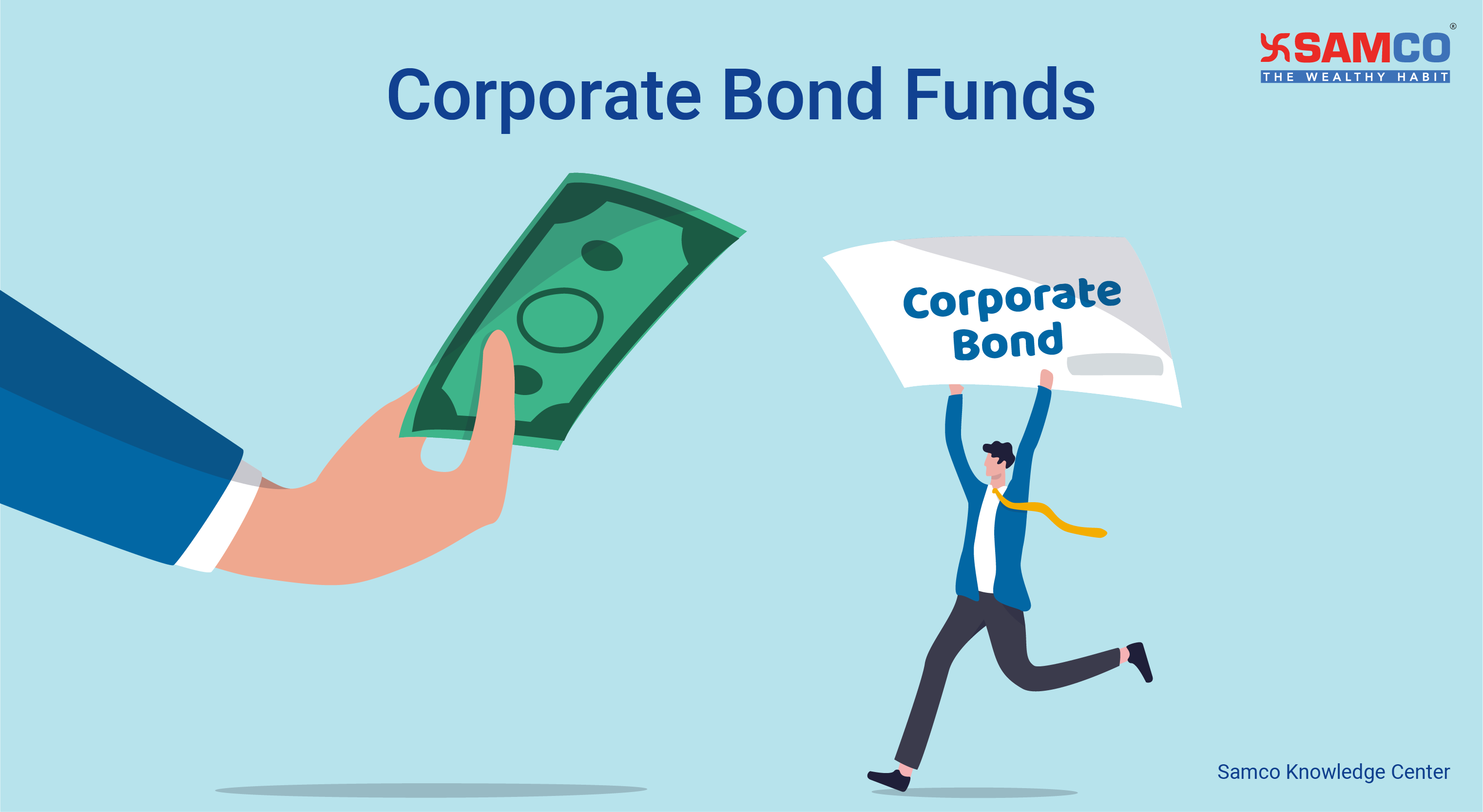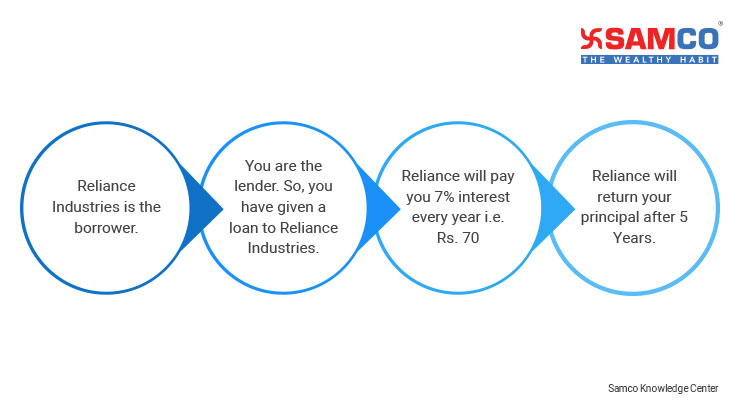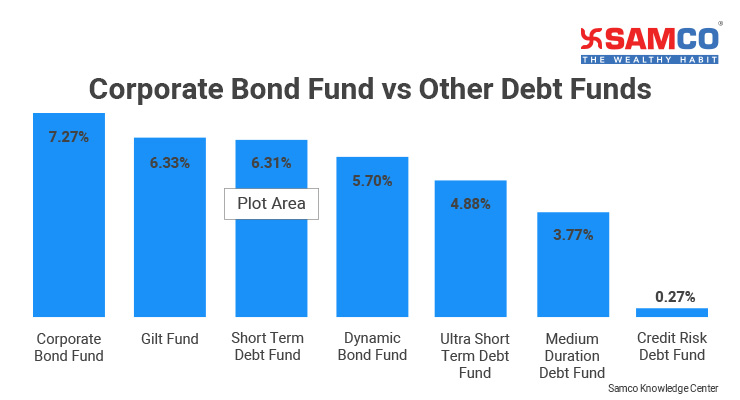 The Franklin Templeton debt fund default was a big blow to debt fund investors. It changed their entire perception of debt funds. Debt funds were no longer considered as ‘safe’. Investors started moving back to the safety of their bank fixed deposits.
But while this saga was unfolding, there was a particular category of debt fund which remained solid. This debt fund category was corporate bond funds.
Corporate bond debt funds are the good guys of the debt fund universe. While the entire debt fund universe was facing a crisis, corporate bond funds generated stable returns.
This article is dedicated to the good guys of debt fund universe – The Corporate Bond Funds.
The Franklin Templeton debt fund default was a big blow to debt fund investors. It changed their entire perception of debt funds. Debt funds were no longer considered as ‘safe’. Investors started moving back to the safety of their bank fixed deposits.
But while this saga was unfolding, there was a particular category of debt fund which remained solid. This debt fund category was corporate bond funds.
Corporate bond debt funds are the good guys of the debt fund universe. While the entire debt fund universe was facing a crisis, corporate bond funds generated stable returns.
This article is dedicated to the good guys of debt fund universe – The Corporate Bond Funds.
In this article we will cover:
- What are Corporate Bonds?
- What are Corporate Bond Funds?
- How Credit Rating Works in Corporate Bond Funds?
- How Does Corporate Bond Funds Work?
- What are the Advantages of Corporate Bond Funds?
- What are the Types of Corporate Bond Funds?
- What are the Risks in Corporate Bond Funds?
- How are Corporate Bond Funds Taxed?
- Should You Invest in Corporate Bond Funds?
What are Corporate Bonds?
Companies are in constant need of money. They might need funds for working capital, research and development, launching a new product etc. Companies can raise capital in two ways:- Issuing fresh equity shares
- Taking a short-term loan
 To sum up, corporate bonds are bonds issued by private companies or corporates. When you invest in these bonds, you are actually giving a loan to these private companies.
To sum up, corporate bonds are bonds issued by private companies or corporates. When you invest in these bonds, you are actually giving a loan to these private companies.
What are Corporate Bond Funds?
Corporate bond funds are a type of open-ended debt fund which invests in highly rated corporate papers. [Suggested Reading: Best Debt Funds in India for 2021] Securities and Exchange Board of India (SEBI) defines corporate bond funds as ‘funds that invest a minimum of 80% of their corpus in highest rated debt instruments’. Since corporate bond funds invest majority of their corpus in high rated papers, they are considerably safer than dynamic or long-term debt funds. Now you must be wondering what does ‘high’ rated paper mean. Well, credit rating is critical while investing in corporate bond funds. So, let us understand the relationship between credit ratings and corporate bond funds. Watch our video to understand about bond fundsCredit Ratings and Corporate Bond Funds
The Indian bond market is still fairly vague. Investors have very little information on the company borrowing money. This little information is also biased and might paint a rosy picture of the borrowing company. So, how can retail investors really know if a company is genuine or not? To tackle this issue, the concept of credit ratings was introduced. Similar to you getting grades (0, A+, A, D etc) in school, even bonds are graded. Credit rating companies such as CRISIL, ICRA, CARE etc provide credit rating to bonds and debentures. Standard credit ratings are as follows:Short-term bonds (debt instruments)
| Ratings | Credit Risk |
| AAA | Highest Safety |
| AA | High Safety |
| A | Adequate Safety |
| BBB | Moderate Safety |
| BB | Moderate Risk |
| B | High Risk |
| C | Very High Risk |
| D | Expected to Default (Junk) |
Long-term bonds (debt instruments)
| Ratings | Credit Risk |
| A1 | Lowest Risk – Highest Safety |
| A2 | Low Risk – Adequate Safety |
| A3 | Moderate Risk – Moderate Safety |
| A4 | High Risk |
| D | Expected to Default (Junk) |
How Does Corporate Bond Funds Work?
Corporate bond funds work like a well-oiled machinery transferring money from lenders to the borrowers.- When companies are in need of money, they issue bonds in the market.
- Each bond has its credit rating assigned from AAA rated (highly stable) to D (junk bonds).
- Your corporate bond fund manager will check the credit rating of the bonds and invest in papers having AAA rating.
- So, the pooled money is used to give a loan to the company in exchange for a fixed interest rate and maturity date.
- As per SEBI, corporate bond funds must invest a minimum of 80% in AAA rated papers only.
Should Investors Invest in Corporate Bond Funds? – Advantages of Corporate Bond Funds
Corporate bond funds are perfect for investors looking for superior returns but with adequate safety. Investors with a medium risk profile and 3-4 years investment horizon can invest in corporate bond funds. Here are the main advantages of corporate bond funds: High Liquidity: Corporate bond funds majorly invest in AAA rated papers. These papers are issued by well reputed companies and hence they enjoy high liquidity. Bonds issued by reputed companies are always in high demand. This helps your fund manager easily buy and sell bonds to rebalance the portfolio. High Safety: Corporate bond funds have to compulsorily invest at least 80% of their corpus in AAA rated papers. This greatly reduces the risk of default. Tax Benefit: Unlike bank FDs, corporate bond funds enjoy the benefit of indexation. When you redeem your corporate bond fund after 36 months (3 years), a long term capital gains tax of 20% with indexation is applicable. Indexation increases your purchase price. This in turn reduces your profits and tax payable. Solid Performance: As mentioned in the beginning, corporate bond funds have generated stable returns even during market turmoil. Here is the performance of corporate bond fund vs other debt funds.
Types of Corporate Bond Funds
There are 2 types of corporate bonds that mutual funds invest in:- AAA rated corporate bonds (Highly Safe) investing in PSU companies and banks.
- AA- rated bonds. These bonds carry higher credit risk as they belong to lesser known companies.
Risks in Corporate Bond Funds
Even though corporate bond funds invest 80% in AAA rated papers, they do face credit risk. Credit risk is when the borrower (company) fails to either repay the principal or make interest payments. Since corporate bond funds give loan to ‘corporates’ there is always a high chance that the private borrower might default on its payment. Hence investors with a moderate risk profile should invest in corporate bond funds. Ideally, investors with a 3-4 years’ time horizon should invest in corporate bond funds. Investing in corporate bond fund helps you balance other risky debt fund investments like credit risk and dynamic bond funds.How are Corporate Bond Funds Taxed?
There are two types of taxes in corporate bond funds:- Short Term Capital Gains Tax (STCG)
- Long Term Capital Gains Tax (LTCG)
| Redemption | Type of Tax Applicable | Latest Tax Rate |
| Before 36 months | Short term capital gains tax | As per income tax slab |
| After 36 months | Long term capital gains tax | 20% with indexation |



 Easy & quick
Easy & quick
Leave A Comment?